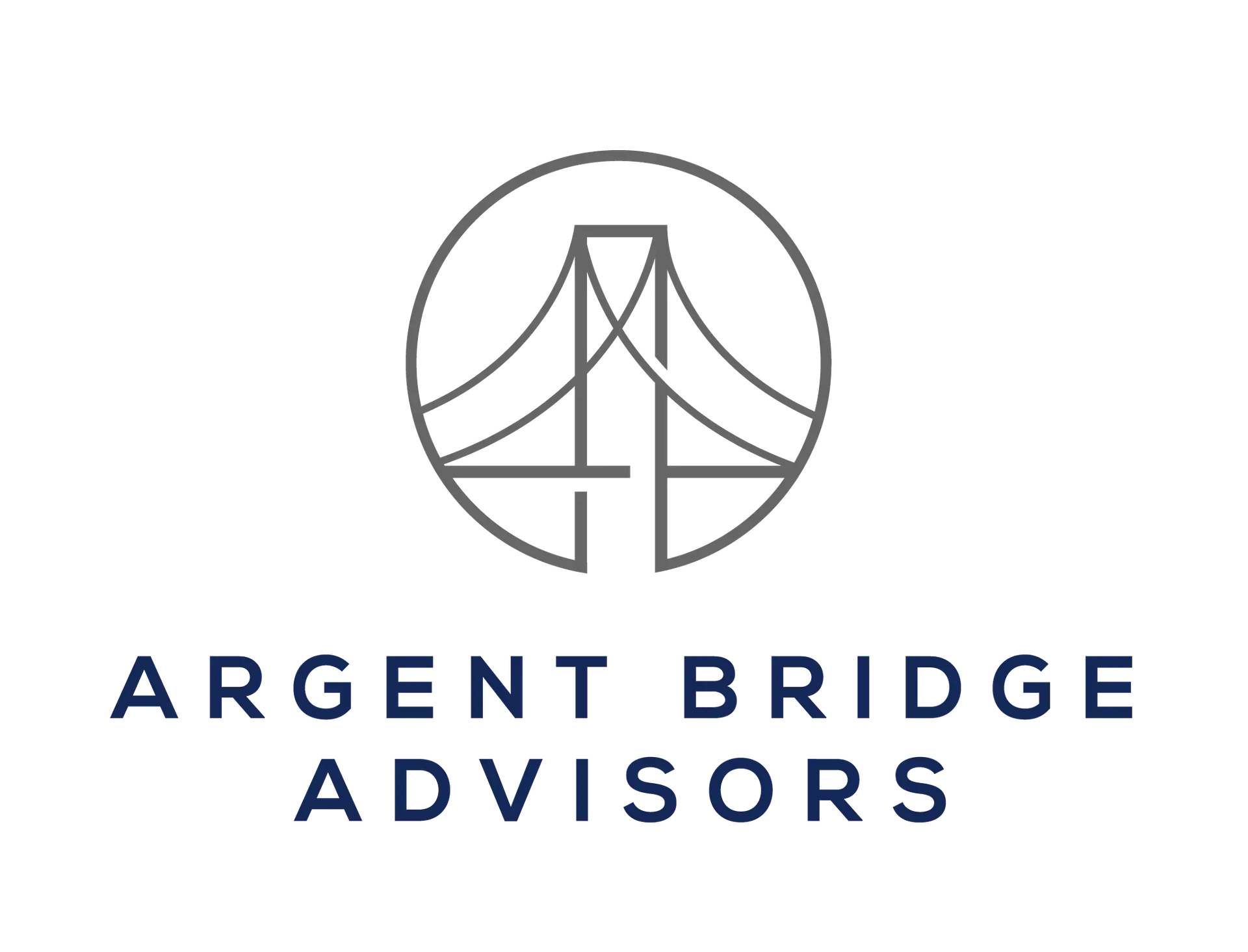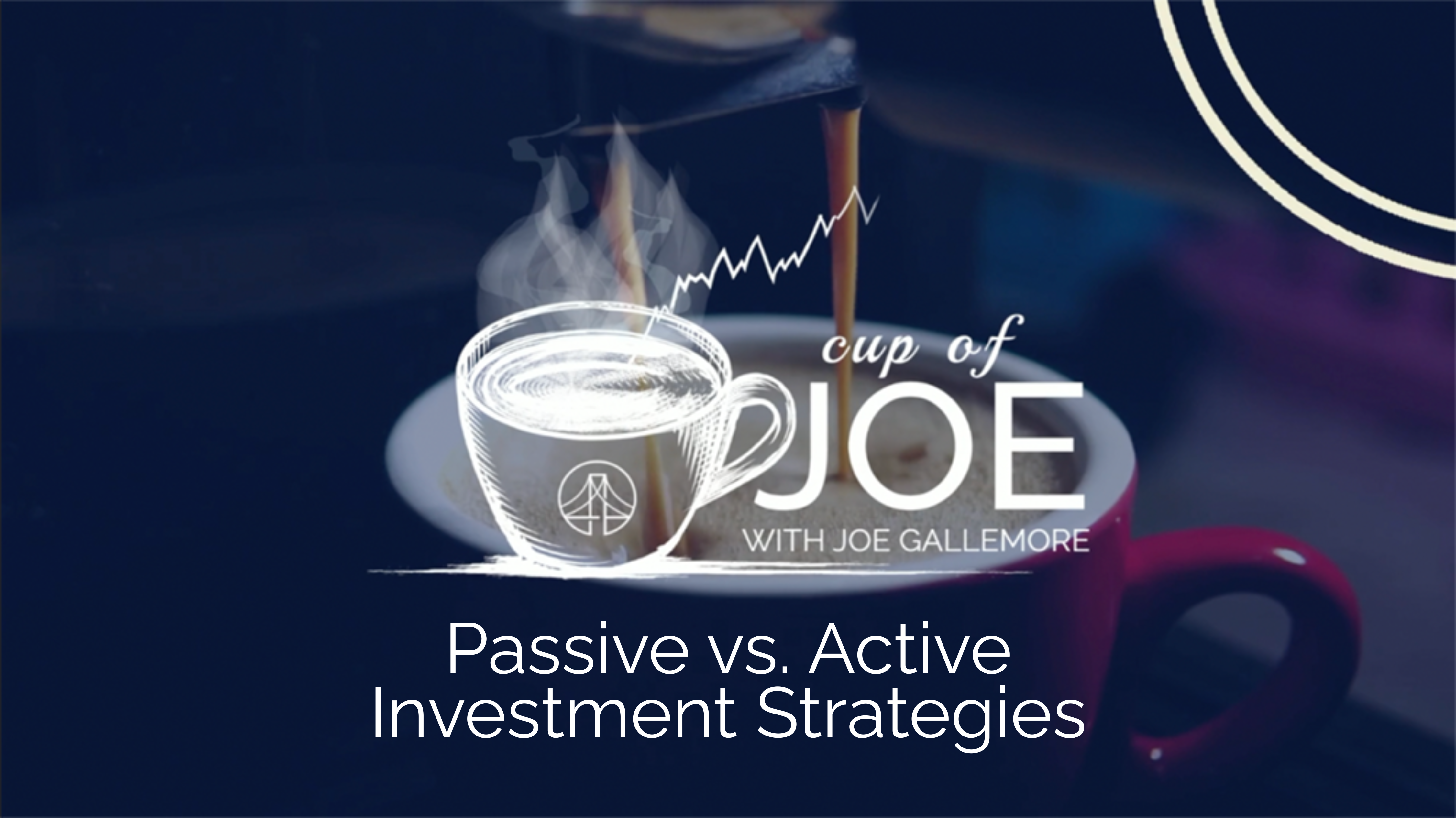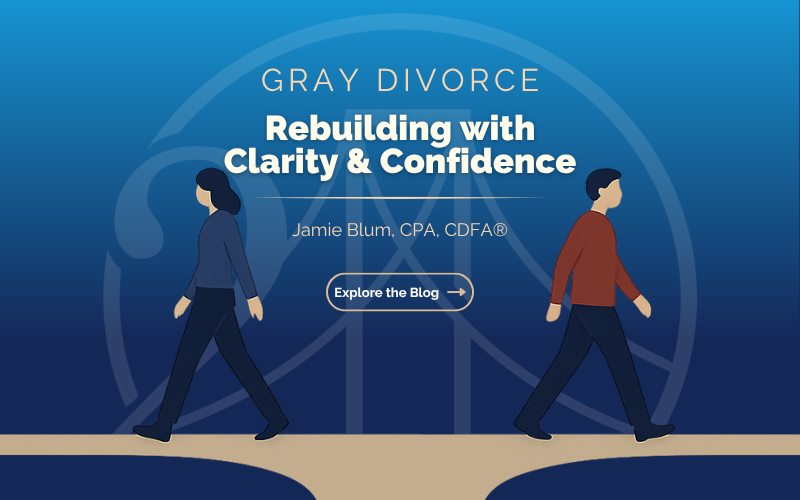As we approach year-end, many families are asking how to make the most of 2025 under current tax rules while also preparing for the changes ahead in 2026. The weeks between now and December 31 represent a particularly important window for proactive planning. Actions taken before year-end can reduce this year’s tax bill, strengthen long-term wealth strategies, and position you to take advantage of new opportunities in the years ahead.
Take Your Required Minimum Distributions (RMDs)
If you’re age 73 or older, RMDs must be taken by year-end to avoid steep penalties of up to 25% of the missed amount.
Note: If you’re still working and participate in your employer’s retirement plan (and you own less than 5% of the business), you may be able to defer RMDs from that plan until retirement.
Consider Qualified Charitable Distributions (QCDs) as part of your tax and giving strategy. A QCD allows you to direct up to $105,000 per year from an IRA to charity beginning at age 70½, excluding that amount from taxable income.
Maximize Retirement Contributions
Contribution limits for 2025 are generous:
- $23,500 for 401(k)s
- $31,000 if age 50+
- $34,750 for ages 60–63 (a special SECURE 2.0 provision for just those years)
The 60–63 higher catch-up is currently optional, so check with your plan administrator to confirm availability.
Maximizing contributions reduces taxable income while compounding long-term wealth. And while SECURE 2.0 requires high earners ($145,000+) to make catch-up contributions as Roth, enforcement has been delayed until 2027. This creates a valuable two-year window (2025–2026) to continue pre-tax catch-ups while planning for the Roth transition ahead.
Roth Conversions
Roth conversions move funds from tax-deferred accounts to Roth accounts, where growth and withdrawals can be tax-free. With OBBBA extending today’s tax brackets indefinitely (unless changed by future legislation), the focus shifts from “waiting for sunsets” to strategically filling current brackets and managing future RMD exposure.
Optimize Charitable Giving
Charitable giving remains one of the most powerful strategies to align your wealth with your values while also creating tax benefits. Beginning in 2026, however, only contributions above 0.5% of AGI will be deductible. This new “floor” makes 2025 an especially strong year to accelerate giving, through appreciated securities, donor-advised funds, or direct gifts, before the rules change.
SALT Deduction Cap
For 2025, the cap on state and local tax (SALT) deductions rises from $10,000 to $40,000 for joint filers, with 1% annual increases through 2029 before reverting to $10,000 in 2030. For households with MAGI above $500,000, the deduction begins to phase down but will not fall below $10,000.
This creates a short-lived opportunity to coordinate SALT payments with charitable and retirement strategies for maximum impact.
Gain/Loss Harvesting & Portfolio Review
Year-end is an ideal time to harvest gains or losses and rebalance portfolios. Some families may intentionally realize gains to fill their current tax bracket, while others may harvest losses to offset gains. Either way, a proactive approach ensures that tax positioning aligns with long-term investment goals.
Gifting to Family
The annual gift exclusion for 2025 is $19,000 per person ($38,000 per couple). While this does not reduce income taxes, annual gifting remains one of the simplest and most effective ways to transfer wealth tax-free and gradually reduce future estate tax exposure.
What’s Changing in 2026: OBBBA Provisions
Several key changes take effect in 2026 that are especially relevant for high-net-worth families:
- Charitable Contributions: New 0.5% AGI floor before deductions count.
- Retirement Catch-Ups: High earners ($145,000+) required to use Roth catch-ups beginning in 2027 (some plans may implement earlier).
- Estate & Gift Tax: Exemption rises to $15M per person (indexed), expanding planning opportunities.
- SALT Cap: Temporarily increased through 2029, then reverts to $10,000 in 2030; subject to income phase-outs.
Why Take Action Before Year-End
- Charitable Giving: Accelerate contributions in 2025 to maximize under current rules.
- Estate Planning: Position your plan now to benefit from today’s rules and the higher 2026 exemption.
- Roth Strategies: Consider conversions this year to optimize bracket management.
- SALT Optimization: Time state/local tax payments to leverage the higher temporary cap.
Year-End Checklist for High-Net-Worth Families
Take required minimum distributions (RMDs)
Maximize 401(k) and retirement contributions
Consider Roth conversions to fill current brackets
Accelerate charitable giving under 2025 rules
Optimize SALT deductions before phase-outs apply
Review equity compensation and harvest losses
Use annual gift exclusions ($19,000 per person)
Review estate plan ahead of the 2026 exemption increase
Reassess business structures and risk management under OBBBA
Coordinate with tax and wealth advisors before making moves

Cécile Hult, CFP®, CDFA®
Partner & Private Wealth Advisor






